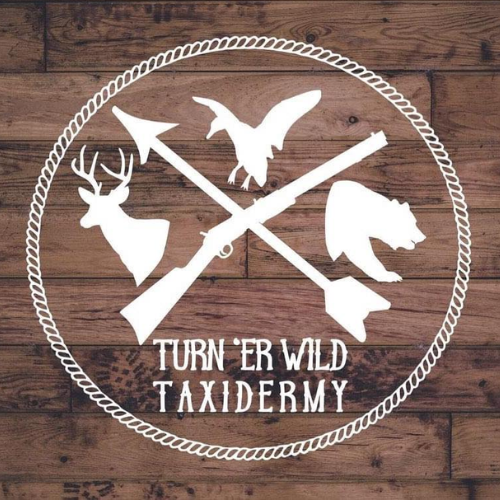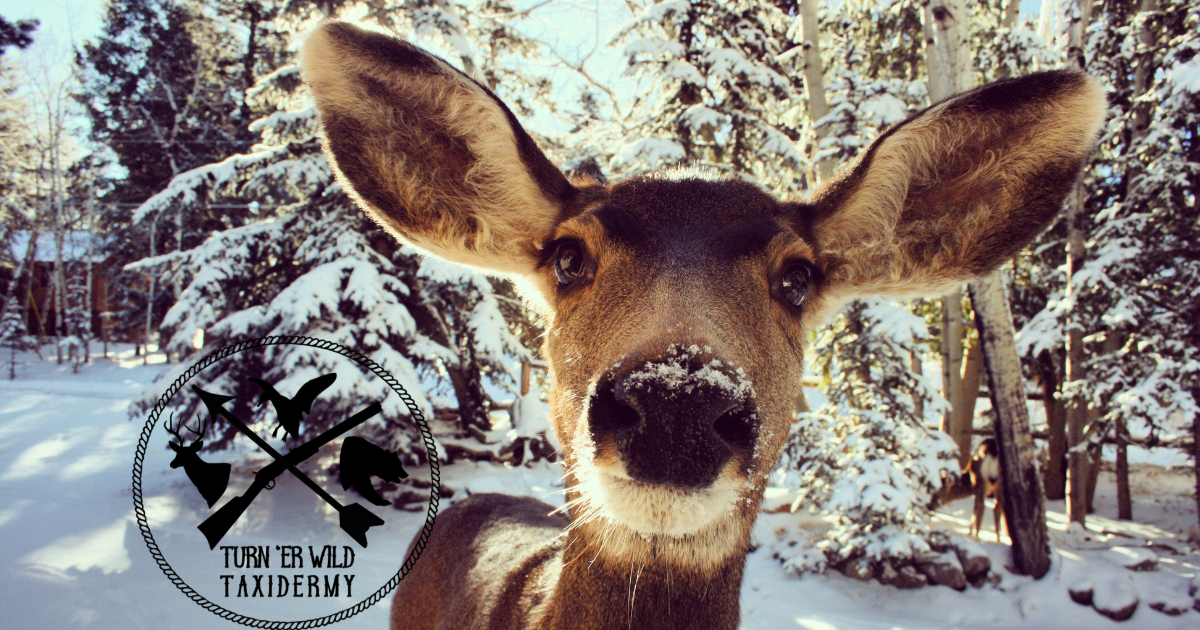When it comes to mounted deer, one of the most common questions I get asked—besides, “How did you get it to look so lifelike?”—is all about the ears.
Yep, those furry little details that frame the majestic antlers seem to stir up a lot of curiosity.
Why are some ears in front of the antlers? Why are some tilted back?
And how do I decide where to position them?
Why Do the Ears Matter So Much?
Deer ears might seem like a small detail in the grand scheme of a mount, but trust me my wild friends, they’re a big deal.
Those ears play a key role in the overall look and feel of your mount.
Think about it: deer are highly alert animals.
Their ears are constantly moving, swiveling, and tuning into their surroundings.
Whether they’re listening for predators or picking up the sound of a twig snapping in the distance, their ears tell a story.
So when I’m working on a mount, I’m not just slapping on a pair of ears and calling it a day.
The position of the ears can completely change the vibe of the piece, turning it from “calm and curious” to “alert and ready to bolt.”
It’s all about creating a realistic snapshot of the deer’s personality and environment.
Ears Forward: Curious and Focused
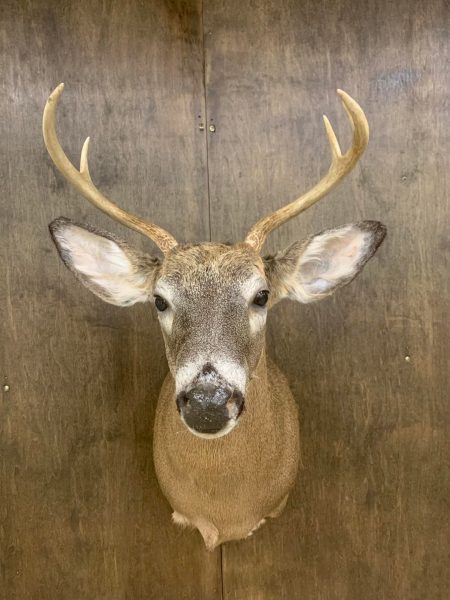
When you see a mount with its ears pointing forward, it’s usually showing a deer that’s curious or paying attention to something in front of it.
Imagine a deer spotting movement or hearing a faint rustle in the bushes.
Its ears will immediately swivel forward to zero in on the source of the noise.
This position is popular for mounts because it gives the deer a sharp, alert look.
It’s a great choice if you want your mount to feel alive, like it’s mid-action in the wild.
Plus, ears forward allow the antlers to really stand out without being overshadowed by the ears themselves.
Ears Back: Alert or Relaxed?
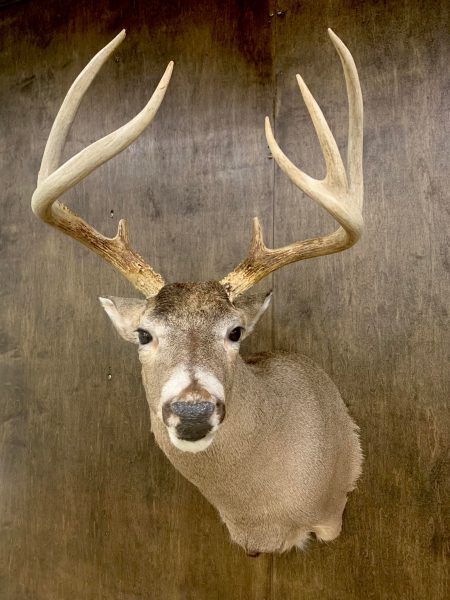
Now, let’s talk about the ears-back position.
Some people see this and think, “Is the deer angry?”
Not necessarily! While ears pinned tightly back can mean aggression or fear, a relaxed backward tilt is often a sign of calmness or the deer focusing on something behind it.
For mounts, this position is a great choice if you’re looking for a slightly more subtle or natural feel.
It can suggest the deer has heard something behind it or is keeping tabs on its surroundings.
This pose also allows for a bit more creativity in how the mount interacts with its environment, especially if you’re going for a scene that tells a bigger story.
One Forward, One Back: Multi-Tasking Mode
Ah, the “split ear” position.
This one is a favorite for hunters who want to capture a truly lifelike moment.
Deer often have one ear forward and one ear back when they’re listening to multiple things at once.
Maybe there’s a noise in front that caught their attention, but they’re still keeping an ear out for what’s happening behind them.
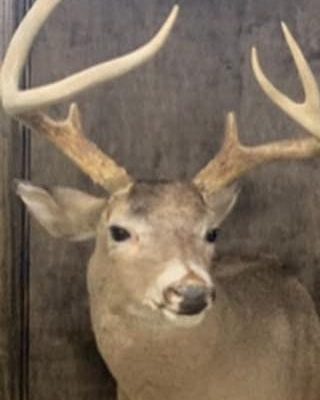
This pose screams “hyperaware” and is perfect if you want your mount to look dramatic and in the moment.
It’s like a freeze-frame of nature doing its thing.
Plus, it’s a great way to add a little extra realism to your mount—because let’s face it, deer rarely sit still and stare straight ahead.
How Do I Decide?
So, how do I choose the ear position for a mount?
A lot of it depends on you!
When you bring your deer to Turn’ER Wild Taxidermy, I’ll ask about the story you want your mount to tell.
Did you spot the deer in an alert stance? Was it calm and grazing? Or maybe it was locked in on something behind it?
I also consider the size and shape of the antlers.
Some antlers have such a wide spread that ears-forward can make the mount look overly busy.
On the other hand, a compact set of antlers might benefit from the visual balance that ears-forward provides.
Your input and the deer’s natural features guide the final decision.
Together, we create a mount that reflects not just the animal’s physical beauty but also the memory of the moment you brought it home.
Other Fun Facts About Deer Ears
Since we’re on the subject, here are a few cool tidbits about deer ears that might surprise you:
- Deer ears are super sensitive. They can detect sounds from great distances and pinpoint where they’re coming from with amazing accuracy.
- Ears are part of their body language. A deer’s ear position can communicate curiosity, fear, aggression, or calmness—kind of like their version of emojis!
- They’re built for the wild. Deer can rotate their ears independently, giving them 360-degree hearing. Talk about nature’s perfect design!
The Final Touch
When it comes to taxidermy, the devil is in the details.
The position of the ears might seem like a small thing, but it’s one of those finishing touches that brings the mount to life.
Whether you’re going for alert, relaxed, or something in between, you can trust that your mount will look as authentic as the moment you first saw it in the wild.
Stay Wild, my friends!
Have more questions about deer ears, antlers, or anything else taxidermy-related? I’m always happy to chat! Bring your ideas, your stories, and your deer to Turn’ER Wild Taxidermy, and we’ll make something truly unforgettable.
